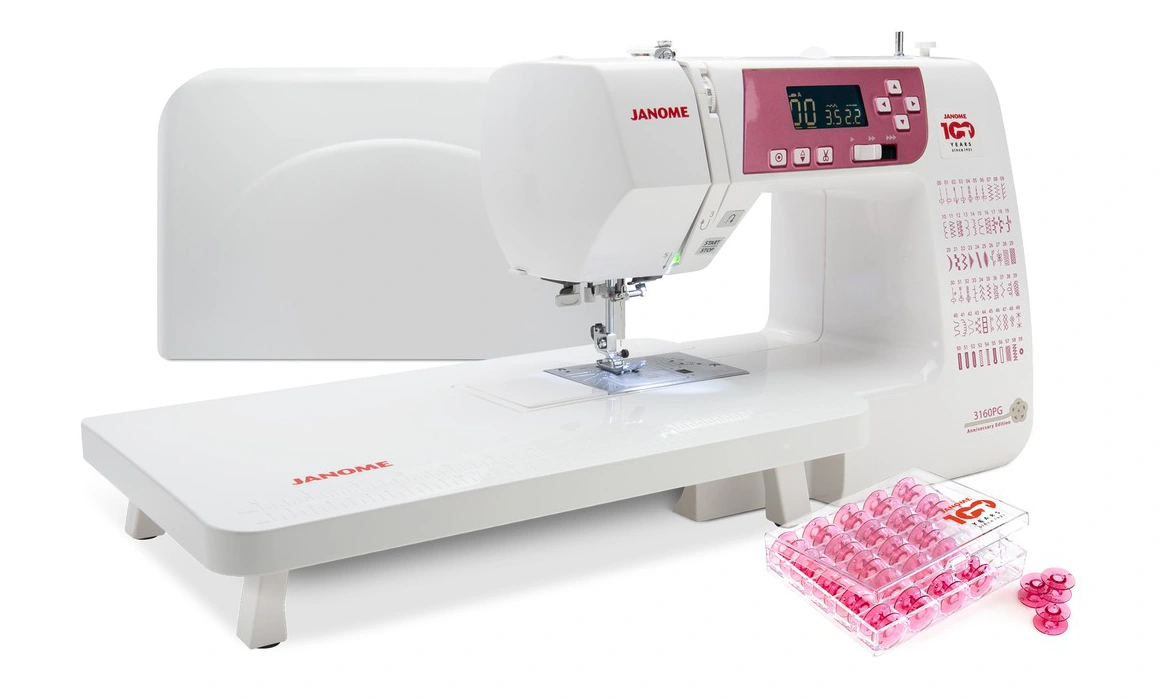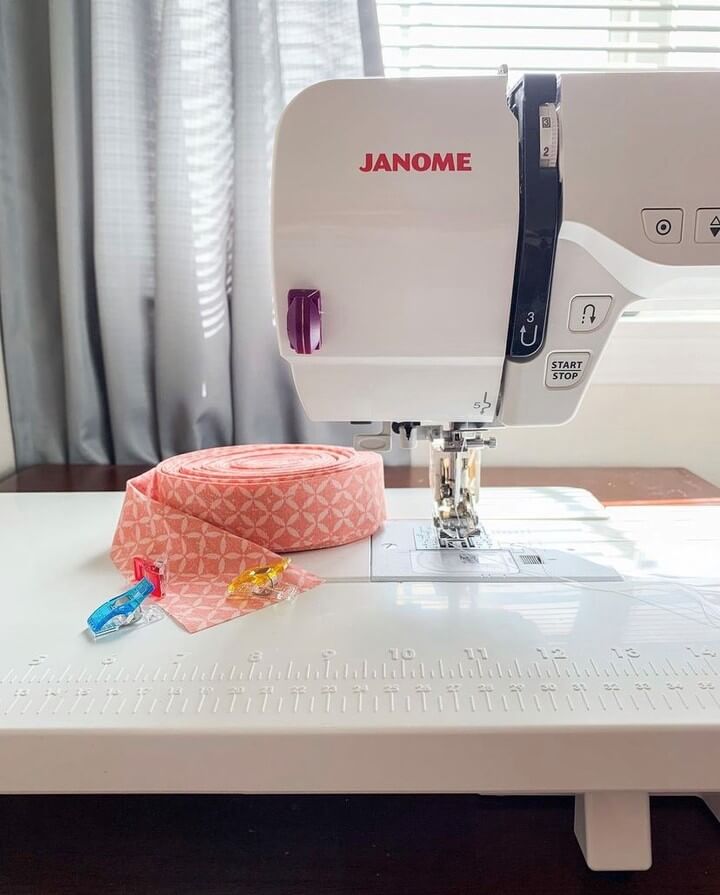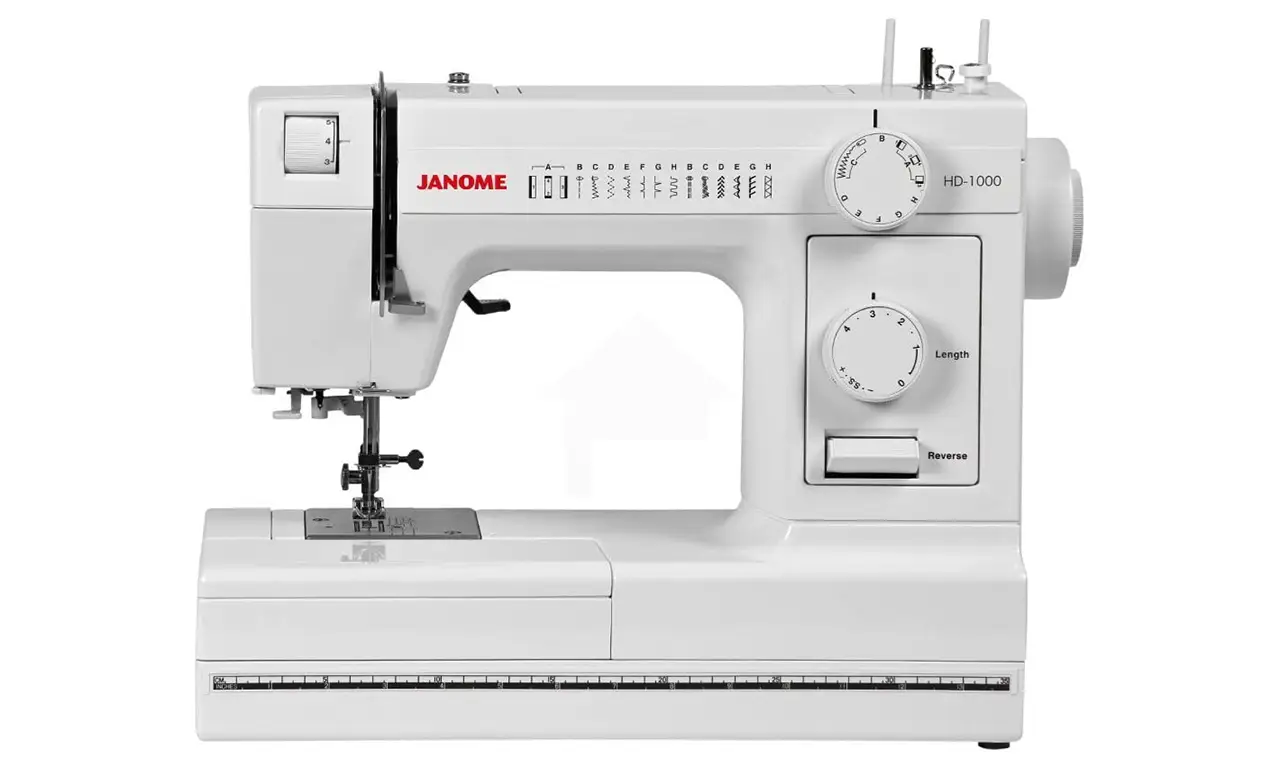Janome sewing machines are known for their quality and durability. Whether you’re a beginner or a seasoned pro, you’ll find a Janome sewing machine that’s perfect for you.
Before buying a Janome sewing machine you may wonder, is Janome Chinese made or Japanese made?
Let’s find out where Janome’s sewing machines are actually made.
The vast majority of Janome sewing machines are made in Japan, with a smaller percentage made in Taiwan, China and other countries.

Janome is one of the largest sewing machine manufacturers in the world and has its own factories in these countries.
Japan
In Japan, Janome sewing machines are made in the city of Tomoe in the Nagano Prefecture.
The factory here is responsible for all of the high-end models in the Janome range, including the top-of-the-line Horizon models.
The Japanese factory also produces a range of industrial sewing machines.
Related Read: Where Are Juki Sewing Machines Made
Taiwan
In Taiwan, Janome has a factory in the city of Taichung.
This is where a large proportion of the mid-range models are made, including the popular Janome 3160QDC model.
China
The Chinese factory is located in the city of Dongguan in Guangdong Province.
This is where the entry-level models and some of the mid-range models are made.
The company has other manufacturing facilities in-
- USA
- Thailand
- The UK
- Australia
- New Zealand
To be more specific, let’s find out where other Janome products are manufactured:
| Products | Manufacturing Country |
| Overlockers | Taiwan, Japan, and Thailand |
| Sergers | Japan |
| Scissors | Japan, Taiwan, Thailand, USA, UK, Australia and New Zealand |

Who makes Janome’s sewing machines?
Janome makes sewing machines on their own. It hasn’t any third-party manufacturer at this time. All the production processes are operated by the regional corporate offices of this brand.
They make these sewing machines with new technology & modern materials. The company has both national and international sources to collect the necessary materials for making high-quality machines.
Keep in mind that, Janome has a wide range of sewing machines from the simple starter level to high technology. Usually, the most expensive machines are made in Japan due to the demand in the Asian region.
History of Janome Sewing machines
Janome sewing machines were first introduced at the end of 1921. A Japanese entrepreneur named Yosaku Ose founded the Pine Sewing Machine which was later trademarked as Janome Sewing Machine Company Limited in 1954.
Literally, they adopted this name in 1935. The meaning of this name is “Snake’s Eye.” The company built an integrated sewing machine research laboratory in Tokyo in 1964. Janome developed its first computerized machine in 1979.
On the other hand, the brand provided the first long-arm quilting machine in 2003. Although Janome started its business journey in Japan, it expanded its business in several countries across the world over the years.
Despite its popularity in the sewing machine markets, Janome machines are a good balance of multi-functional features at an affordable cost. Besides, it has a consistently top-class reputation in the industry.

Who owns Janome?
JANOME Corporation owns Janome. Before 2021, Janome Sewing Machine Company Ltd was the name of this Japanese brand. It is listed on the Tokyo Stock Exchange coded with 64450.
In recent years, it is a reliable brand of sewing machines in the world and mostly in the United States. By the way, Janome is the owner of Elna, a former Swiss manufacturer of textile machines.
It is an old sewing machine brand and now it is competing with some renowned brands like-
- Babylock
- Brother
- Jaguar
- Singer
- Toyota
Wrap Up
Janome sewing machines are known for their high quality, regardless of where they are made.
The company has strict quality control procedures in place at all of its factories, and all of the machines undergo rigorous testing before they are shipped to customers.
Sources:
- https://www.janome.com.au/about-janome/ – History of Janome Corporation.